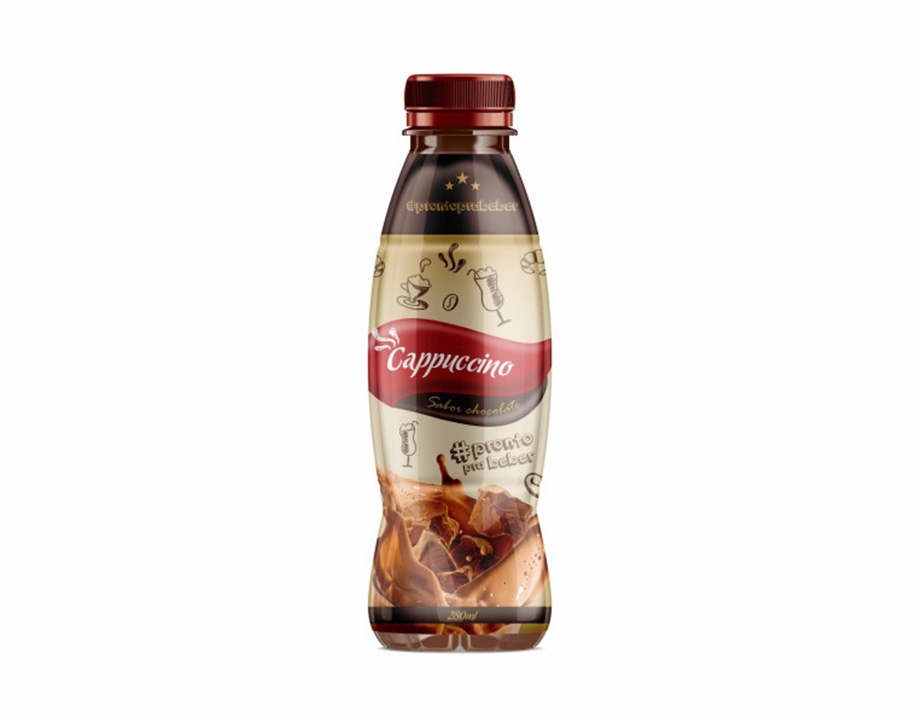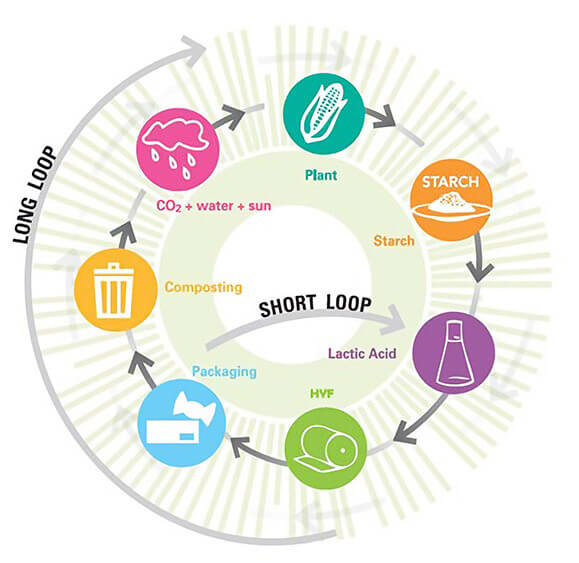Research indicates that the global green packaging market will be $258 billion in 2019. It is expected to grow at a CAGR of 6.0% between 2020 and 2027. While the term compostable is widely used, it can be challenging to define exactly what it is and how to apply it. Here's what you need to know about PLA packaging films and such packaging materials.

Compostable materials are able to break down after treatment, releasing valuable nutrients into the soil. This helps new plants to grow. Compostable products can only help the environment if they are set up and under the right conditions. Two environments where compostable materials can break down are in a home composting or industrial waste facility.
When compostable packaging material is placed in a home recycling bin, it can be removed and placed in nutrient-rich soil to decompose. This occurs within a certain time frame.
All parts of the CPG packaging used for recycling should be biodegradable. This includes everything from the product packaging to the ink.
HYF's BOPLA film is a new generation of biodegradable films made from renewable resources (PLA bio-based resins) designed to drive the flexible packaging industry towards more sustainable solutions and offer consumers the possibility to choose natural products and help reduce greenhouse gas emissions and post-consumer waste.
In many applications, HYF BOPLA films can replace oil-based plastics such as polypropylene, polyester or polyethylene, offering two key environmental benefits: bio-based origin and compostability.
The range includes heat sealable clear and plain clear films designed to cover a wide range of food and non-food packaging applications, using existing processing and packaging technologies.

Compostable packaging materials can come in many forms. These include
Wheat straw fiber
Recycled paper
Cellulose
Bamboo
Corn
When considering using compostable packaging, consider the products inside. This is often a good choice for food because it will bring food waste into the mix, which is perfect for creating nutrient-rich soil.
Biodegradable materials will not break down within a specific time frame, while compostable materials will. Biodegradable materials produce toxins, while compostable materials can be transformed into nutrient-rich soil. Because of this, compostable materials are better for the environment.
If you are looking for an environmentally friendly plastic packaging manufacturer, please contact us to get partnered.
Copyright © HUBEI HYF PACKAGING CO., LTD. All Rights Reserved | Sitemap
| Powered by

SEOKeywords:Shrink Wrap Film Customized Biodegradable Shrink Film Pvc Shrink Film Rolls Flexible Packaging Film Petg Shrink Film Properties Custom Printed Shrink Film High Shrink Petg Shrink Film China Pvc Shrink Wrap Film Shrink Sleeve Plastic Label Films Shrink Sleeve Packaging Pvc Shrink Film Manufacturing Process Pvc Super Clear Shrink Film Heat Shrink Film Roll Pvc Shrink Film For Bottle Label Price Shrink Wrap Uses China Shrink Film Pvc Clear Shrink Film Printable Shrink Film Plastic Shrink Film